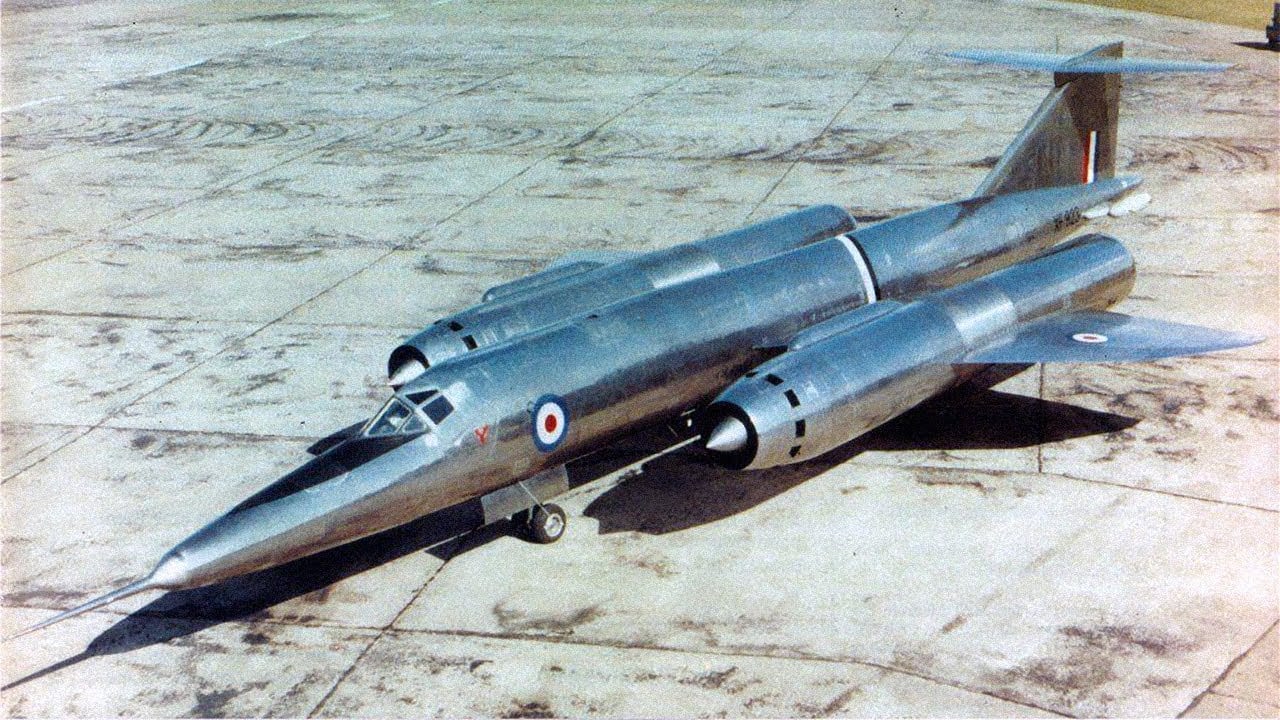China's advancements in aircraft carrier technology are noteworthy, particularly with the recent demonstration of the Fujian, which employs electromagnetic catapults for launching jets—a capability previously exclusive to the US Navy's Ford-class carriers. Despite this technological leap, experts emphasize that China still faces significant challenges in operational readiness, as it lacks the extensive experience and trained personnel that the US Navy has cultivated over decades. The transition from Soviet designs to modern carriers reflects rapid progress, yet the real test lies in developing the operational doctrine and crew expertise necessary for effective deployment in combat scenarios.
The main takeaway is that while China's technological capabilities are evolving, the operational experience required for sustained carrier operations remains a critical gap. The US Navy's historical depth in carrier operations, coupled with a robust training infrastructure, positions it advantageously against China's nascent fleet. As China seeks to expand its carrier capabilities, including potential nuclear-powered designs, it must prioritize the development of a skilled workforce and operational protocols to ensure that its technological advancements translate into effective military power. The journey from engineering prowess to operational excellence is complex and time-consuming, underscoring the importance of experience in naval warfare.








